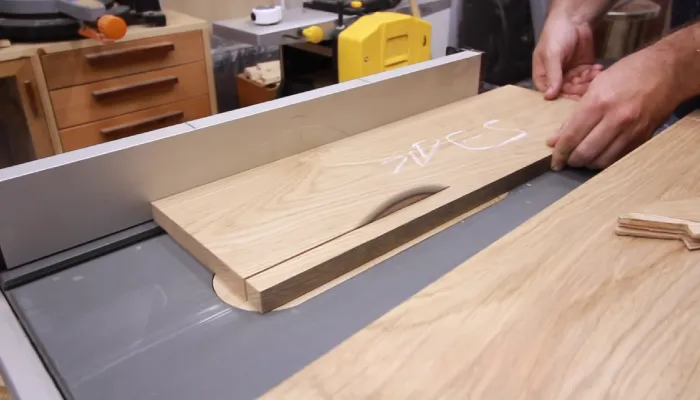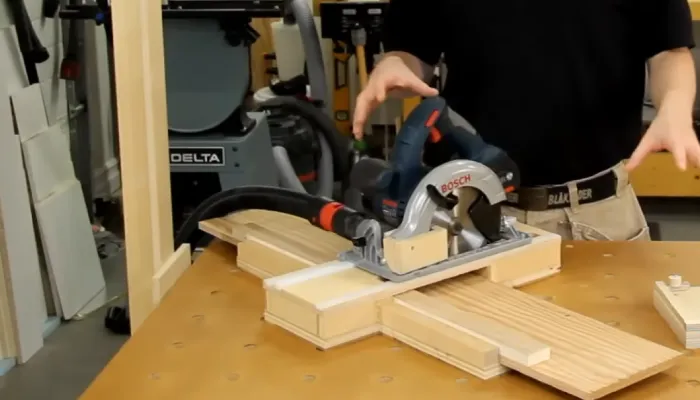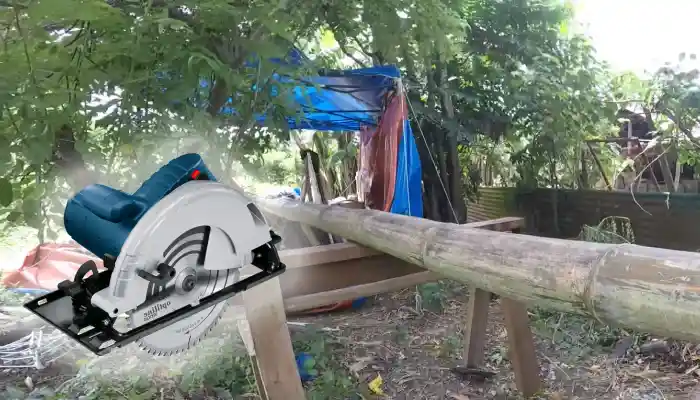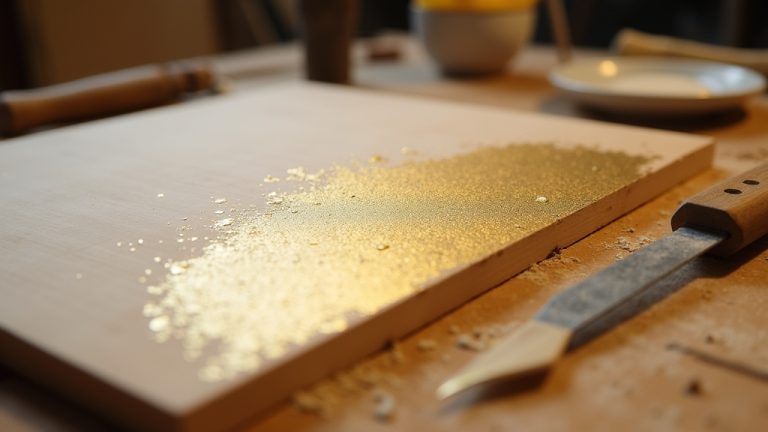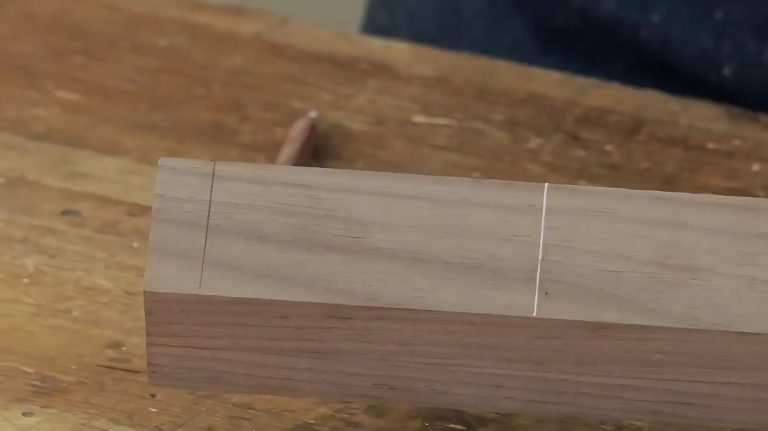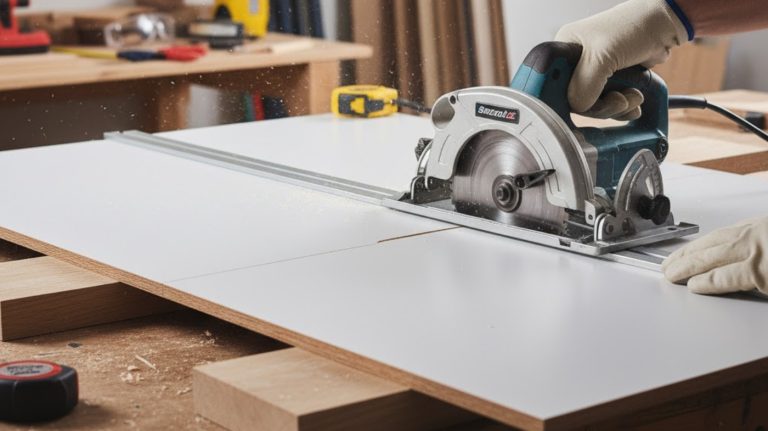How to Make Table Saw Quieter: 6 Things to Do
A table saw is an incredibly useful tool in any woodworking workshop and helps you make precise cuts in a variety of materials. As a table saw is a powerful machine, it can create a lot of noise that might bother you and your neighbors.
I researched whether it’s possible to make a table saw quieter and found several effective ways that can significantly reduce noise levels.
One of the most efficient ways to reduce table saw noise is to insulate the base of the table saw stand with rubber pads or isolation mounts. These materials help dampen vibrations that occur during cutting, preventing them from transferring to the floor.
Additionally, keeping the saw blade sharp can significantly reduce noise levels by enabling it to cut more efficiently. I will discuss in detail how to make your table saw quieter, enabling you to work seamlessly without causing much more disturbance.
How to Make Table Saw Quieter: 6 Techniques to Consider
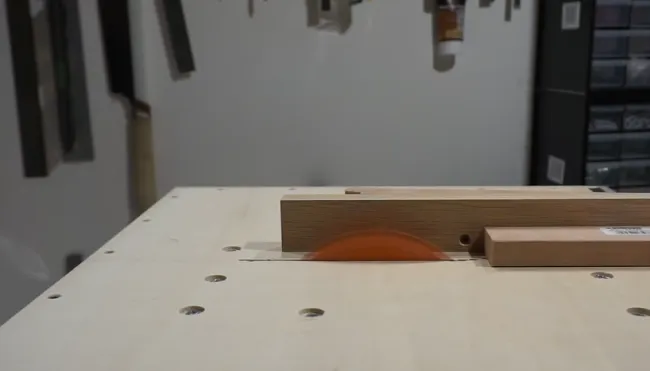
If you’re looking to create a quieter and more pleasant woodworking environment, here are six techniques to consider for making your table saw operate with reduced noise.
- Insulate the base of the table saw stand
- Keep the saw blade sharp
- Set the blade height appropriately
- Consider special quieter blades
- Address motor noise
- Switch to a power twist belt
Now, check out each of these six techniques to make your table saw quieter and make woodworking more pleasant and productive.
1. Insulate the Base of the Table Saw Stand
To make your table saw quieter, try insulating the base of the table saw stand. One effective method that I found is to use rubber pads or isolation mounts. These materials help dampen vibrations and prevent them from transferring to the floor, resulting in a significant reduction in noise.
Rubber pads are thick, dense, and have excellent shock-absorbing properties. They can be placed between the table saw stand and the floor to absorb and dissipate vibrations. This can help reduce the table saw’s default loudness and make your woodworking environment more comfortable.
Isolation mounts, on the other hand, are specially designed to isolate the table saw stand from the floor. They’re typically made of rubber or other resilient materials and are installed between the stand and the floor to minimize vibration transmission.
2. Keep the Saw Blade Sharp
To maintain a quieter table saw, ensure that you regularly sharpen the saw blade with the sharpener. A sharp blade cuts more efficiently, reducing friction and noise. Dull blades can create unnecessary noise and vibrations, leading to a louder cutting experience.
Regular maintenance and sharpening of your saw blade can make a noticeable difference in noise levels. When a blade becomes dull, it can cause the saw to work harder, generating more noise. Sharpening the blade not only improves its cutting performance but also reduces strain on the motor, which makes it quieter.
You can sharpen the blade yourself using a file or take it to a professional sharpening service. Remember to follow proper safety precautions when handling and sharpening the blade.
3. Set the Blade Height Appropriately
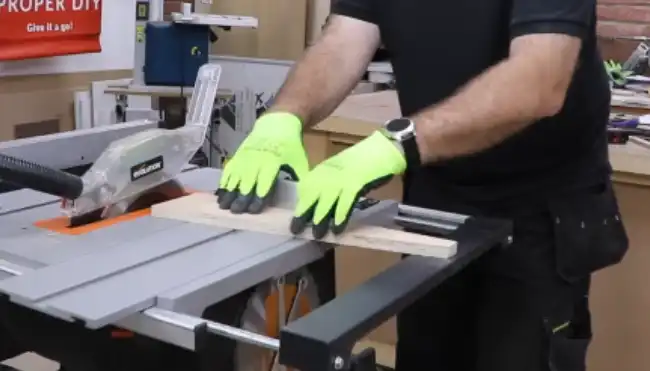
To further reduce noise and vibrations on your table saw, you should adjust the blade height appropriately.
Setting the blade slightly higher than the workpiece can help minimize noise levels. When the blade is too low, it can cause increased resistance against the wood, resulting in excessive noise.
By raising the blade height, you allow for smoother cutting and reduce the strain on the motor, resulting in quieter operation.
To determine the correct blade height, position the blade so that it extends approximately 1/8 inch above the workpiece. This ensures efficient cutting while minimizing noise.
However, it’s important to note that raising the blade too high can lead to safety hazards, so always follow the manufacturer’s guidelines for blade height adjustments.
4. Consider Special Quieter Blades
During my research, I discovered that quieter blades that reduce noise levels are available for table saws. Special quieter blades are designed with features that minimize noise during cutting.
One common feature is the use of vibration-dampening materials, such as vibration-reducing slots or laser-cut expansion slots. These slots help to reduce the noise caused by blade vibrations.
Another feature is the use of noise-reducing coatings on the blade itself. These coatings help to dampen the sound produced during cutting. Additionally, some quieter blades are designed with special tooth geometry that reduces noise without compromising cutting performance.
When choosing a quieter blade, look for one that’s specifically labeled as ‘quiet’ or ‘low noise.’ Investing in a quieter blade can significantly reduce the noise levels of your table saw, providing a more comfortable and quieter working environment.
5. Address Motor Noise
Noise generated by the table saw motor can have a significant impact on overall noise levels. To reduce motor noise on your table saw, start by insulating the motor housing with sound-absorbing materials.
The motor housing is a major source of noise because it amplifies vibrations produced by the motor. By adding insulation, you can effectively dampen these vibrations and reduce noise levels.
Use materials such as foam or rubber to line the inside of the motor housing. Make sure to cover all surfaces, including the sides and the top.
Additionally, consider installing isolation mounts for the motor. These mounts act as shock absorbers, minimizing vibrations and further reducing noise. Choose mounts that are specifically designed for table saw motors and follow the manufacturer’s instructions for installation.
6. Switch to a Power Twist Belt
If you want to reduce noise levels on your table saw further, switch from a V-belt to a power twist belt. Power twist belts are designed to minimize vibrations and noise, making them an effective solution for noise reduction. Unlike v-belts, power twist belts consist of interlocking links made from polyurethane and polyester composite materials.
These belts offer greater flexibility, allowing them to absorb shocks and reduce noise caused by belt slippage. Additionally, power twist belts have a unique design that reduces vibrations, resulting in quieter operation.
Switching to a power twist belt is a straightforward process and can be a cost-effective way to make your table saw quieter. Simply remove the existing V-belt and replace it with a power twist belt of the same length.
Which type of table saw, belt drive or direct drive, tends to produce less noise?
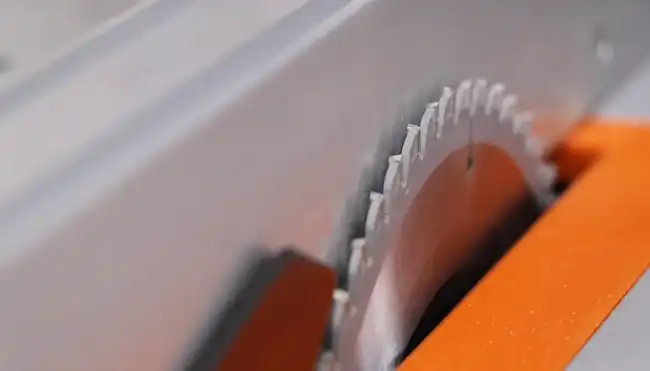
Belt drive table saws produce less noise compared to direct drive table saws. The use of a belt to transfer power from the motor to the blade helps to dampen vibrations and reduce noise during operation. This especially benefits those working in shared living spaces or noise-sensitive environments.
Direct drive saws, on the other hand, have the motor directly attached to the blade, resulting in a noisier operation. By choosing a belt drive table saw, you can significantly minimize the noise produced during woodworking tasks. This quieter operation allows for a more peaceful and enjoyable working environment.
Can a blade stabilizer help in reducing table saw noise?
In my research, I have found that blade stabilizers can significantly reduce noise from table saws. The stabilizer functions by decreasing the saw’s vibration caused by its motor, belts, and bearings, improving the quality of your cuts.
By minimizing blade deflection, blade stabilizers promote quieter and more accurate cutting, enhancing the overall experience. As they stabilize the blade, they create a smoother and quieter cutting experience, making blade stabilizers an essential component of your table saw setup.
This reduction in noise is not only beneficial for your woodworking environment but also for your health, as excessive noise can negatively affect your health.
Make Your Table Saw Quieter and Enjoy a Better Woodworking Experience
You can now reduce the noise of your table saw effectively by implementing all the techniques that I’ve shared based on my research. You can create a more peaceful and productive woodworking environment by insulating the base of the stand, keeping your blade sharp, or choosing a quieter blade.
By addressing motor noise and considering a power twist belt, you’ll experience quieter operation while still maintaining precision in your cuts. Additionally, knowing the difference between belt drive and direct drive table saws allows you to choose wisely for quieter woodworking.

